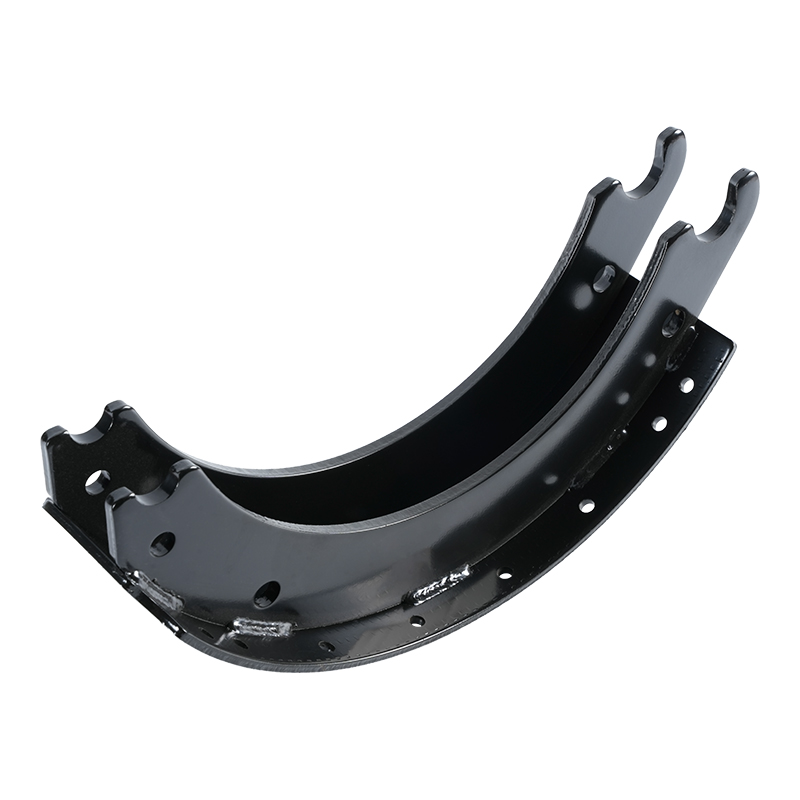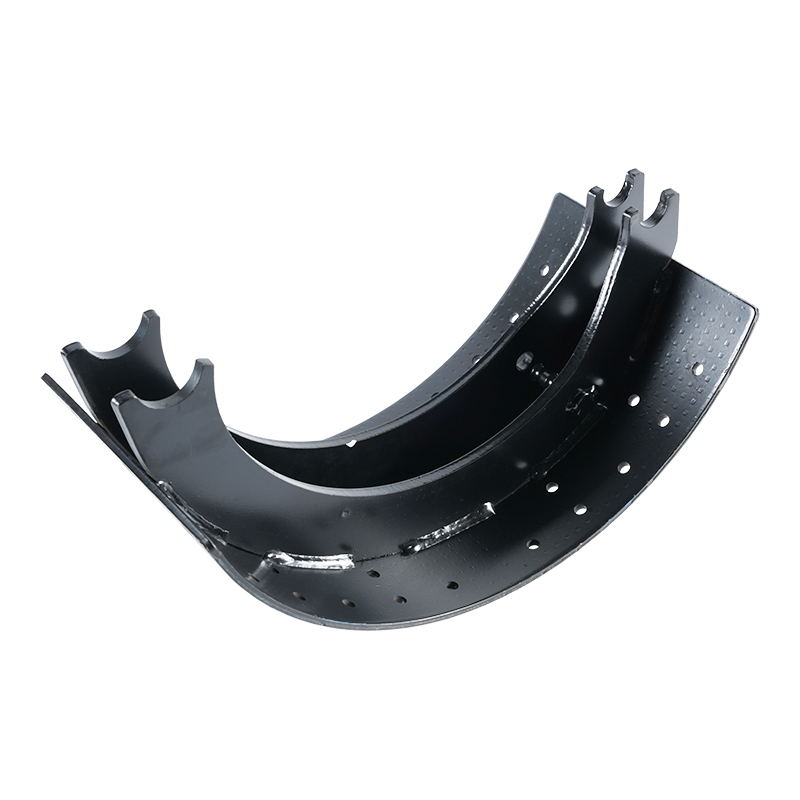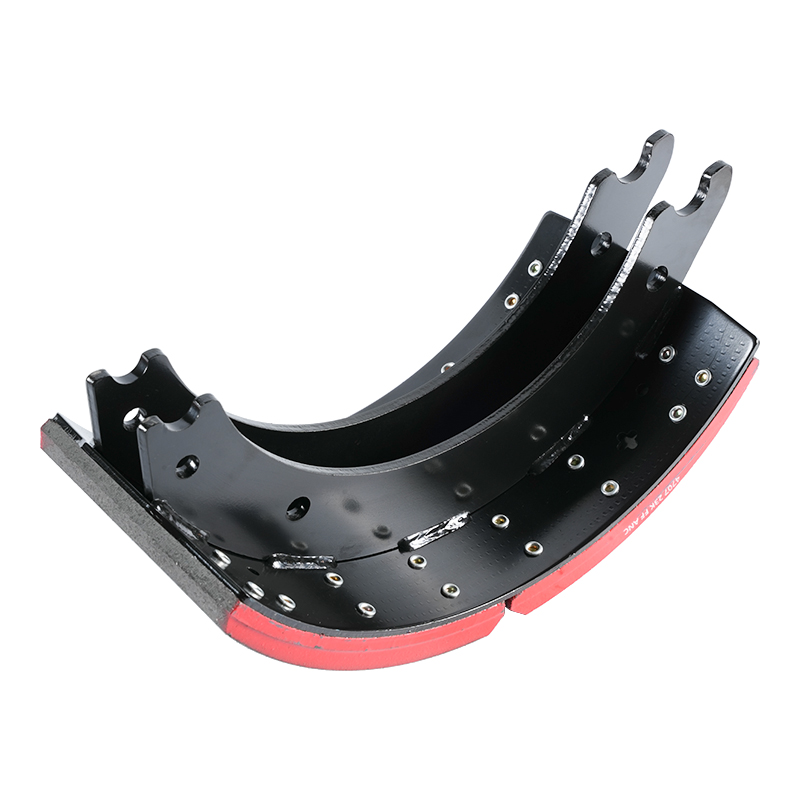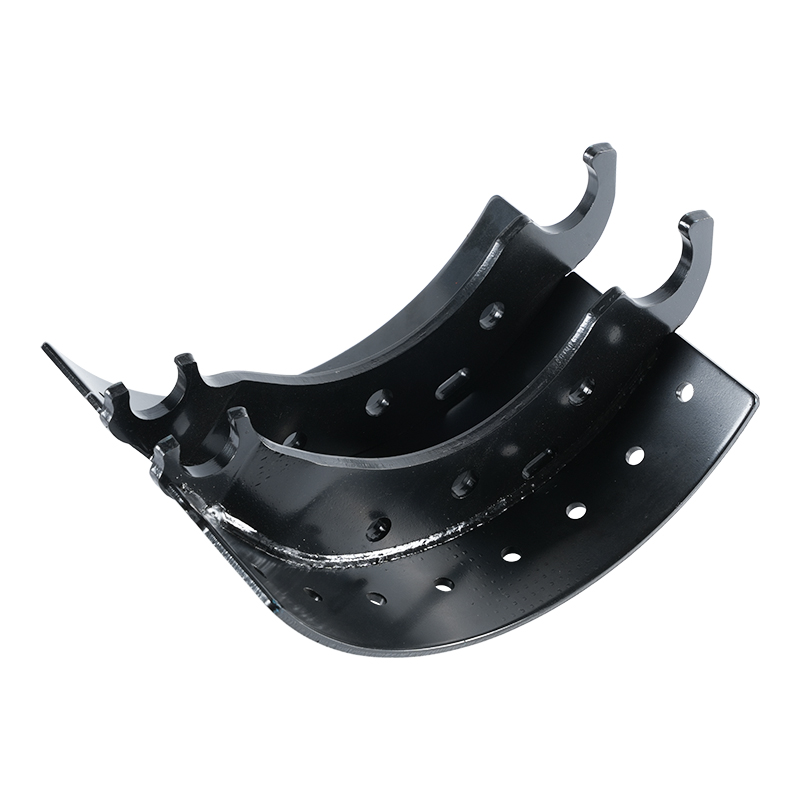The Mechanics of Stopping Power When you press the brake pedal in many vehicles, particularly those equipped with drum brakes, you activate a system t...
READ MORE
The company's new plant will be completed by the end of 2023, covering an area of 29 acres, a construction area of more than 35,000 square meters, a total investment of more than 90 million yuan, an annual output of 2 million sets of brake shoes and assemblies, and more than 50 employees. Since 2010, the company has focused on researching and developing stamping and welding brake shoe series products, with heavy-duty trucks, semi-trailers, and engineering vehicle brake shoes as its core products. It is an important production base for heavy-duty truck brake shoes in China. The company's customers are mainly concentrated in heavy-duty vehicle manufacturers and major supporting axle factories. The products are widely used in Meritor axles, BPW axles, Fuhua axles, EATON axles, etc., focusing on European and American countries. After years of experience accumulation, we already have a professional development team and mature production technology and have domestic first-class advanced equipment and precision testing equipment to ensure the stability of the entire process of the product and ensure the quality of the product. It has passed the American standard bench test and the relevant standard test of the domestic automobile industry and meets the European and American import standards.
The company has now become a modern truck brake shoe production enterprise integrating R&D, production, sales, support, and service. Because of its focus, it is professional, with stable quality, reliable reputation, emphasis on innovation, leading technology, and creating a first-class brake shoe production base is our constant pursuit.
Zhejiang Langrun sincerely welcomes new and old customers to visit the company and work with you for a win-win situation. We offer custom USA EU Heavy Duty Brake Shoe Assemblies
-
-
The sheer power and weight of a commercial truck are breathtaking, but just as vital as the engine’s ability to move the load is the brake system’s ab...
READ MORE -
The Volvo 200 series—a lineup that includes the legendary 240 and 260 models—is celebrated for its safety, durability, and boxy, timeless design. Thes...
READ MORE -
The truck brake shoe is an often-overlooked yet fundamentally critical component in the safety and operation of commercial vehicles. In the world of h...
READ MORE
Commercial Applications of Brake Shoe Assemblies in Automotive Manufacturing
Brake shoe assemblies are essential components of drum brake systems, playing a pivotal role in the overall braking performance and safety of vehicles. As manufacturers and suppliers, understanding the commercial applications of these assemblies is crucial for enhancing product offerings and meeting market demands.
The primary function of a brake shoe assembly is to generate friction against the brake drum when braking occurs. The assembly consists of a bent metal structure that is meticulously stamped, welded, and riveted to friction material, often made from asbestos-free brake lining. When the braking system is engaged, hydraulic pressure pushes the brake shoes outward, ensuring effective contact with the drum. This process creates the necessary friction to slow down or stop the vehicle, underscoring the importance of high-quality brake shoe assemblies in automotive manufacturing.
In today's automotive industry, there is a growing emphasis on safety, reliability, and environmental sustainability. This has led to a demand for advanced brake shoe assemblies that not only meet stringent safety standards but also offer improved performance and durability. By using high-grade materials and innovative manufacturing processes, we ensure that our brake shoe assemblies provide superior stopping power, reduced wear, and extended lifespan, making them an attractive option for automotive manufacturers.
Furthermore, the transition to electric and hybrid vehicles presents new opportunities for brake shoe assembly applications. As these vehicles often require specialized braking systems to accommodate different weight distributions and performance metrics, our products can be tailored to meet these evolving needs. This adaptability positions us as a valuable partner for automotive manufacturers looking to innovate and improve their vehicle offerings.
Brake Shoe Assembly: Maintenance Tips for Longevity and Performance
Regular Inspections: Routine inspections of Brake shoe assemblies are vital. Look for signs of wear, such as uneven friction material, cracks, or corrosion on the metal components. Early detection of issues can prevent costly repairs and ensure reliable braking performance.
Proper Installation: Ensuring that brake shoes are installed correctly is crucial. Misalignment can lead to uneven wear and reduced braking efficiency. It’s important to follow manufacturer guidelines for installation to maintain the integrity of the braking system.
Cleaning: Keeping the brake assembly clean can significantly impact performance. Dust and debris can accumulate and affect the friction material's effectiveness. Regular cleaning of the brake drum and shoes helps maintain optimal contact and performance.
Adjustments: Many drum brake systems require periodic adjustments to maintain the correct distance between the brake shoes and the drum. Ensuring proper adjustment enhances braking efficiency and prolongs the lifespan of the assembly.
Choosing Quality Products: Selecting high-quality brake shoe assemblies is critical. Our products are designed with advanced materials and precision engineering to provide superior performance, durability, and reduced wear. This not only enhances safety but also minimizes the frequency of maintenance required.

 Eng
Eng  中文简体
中文简体







